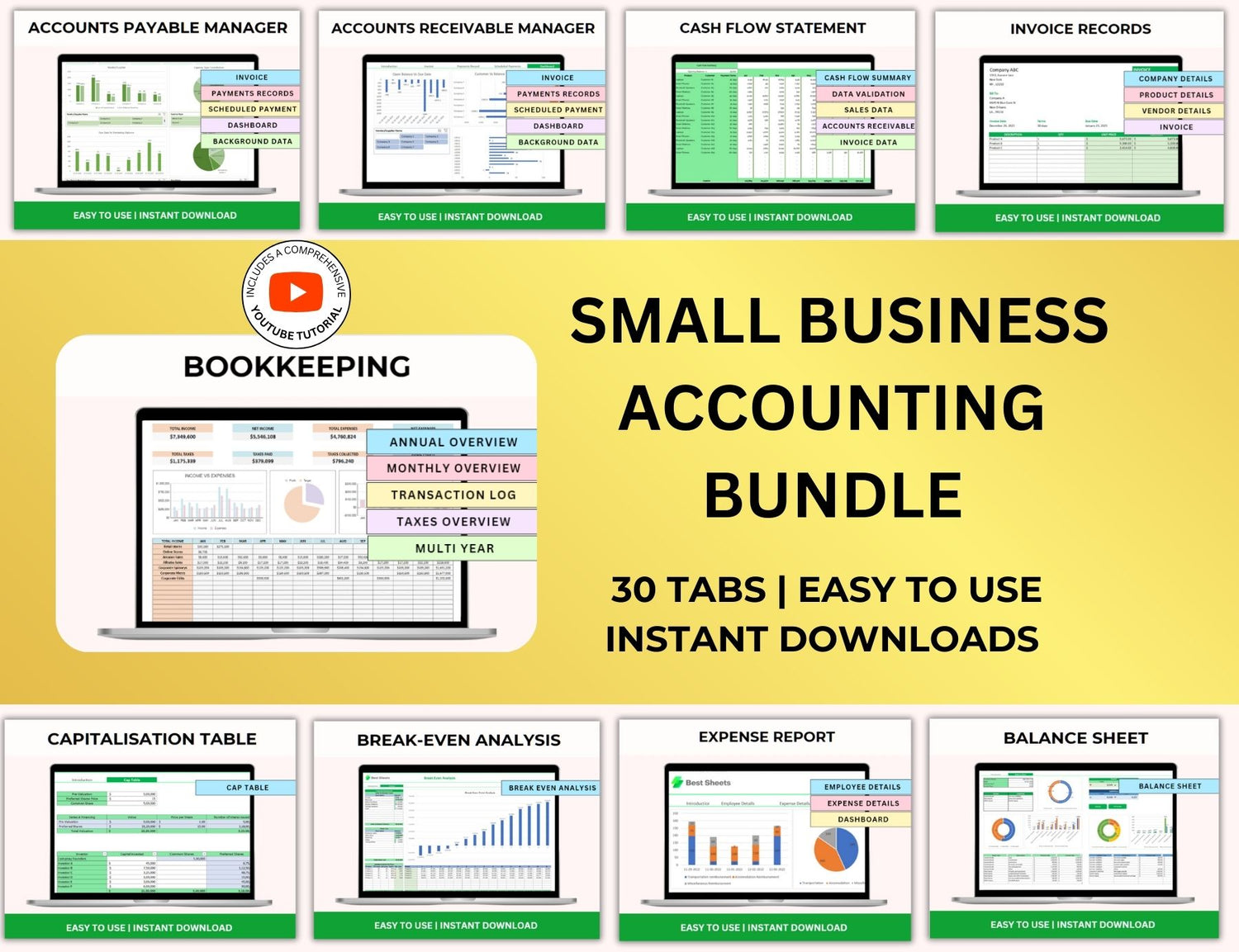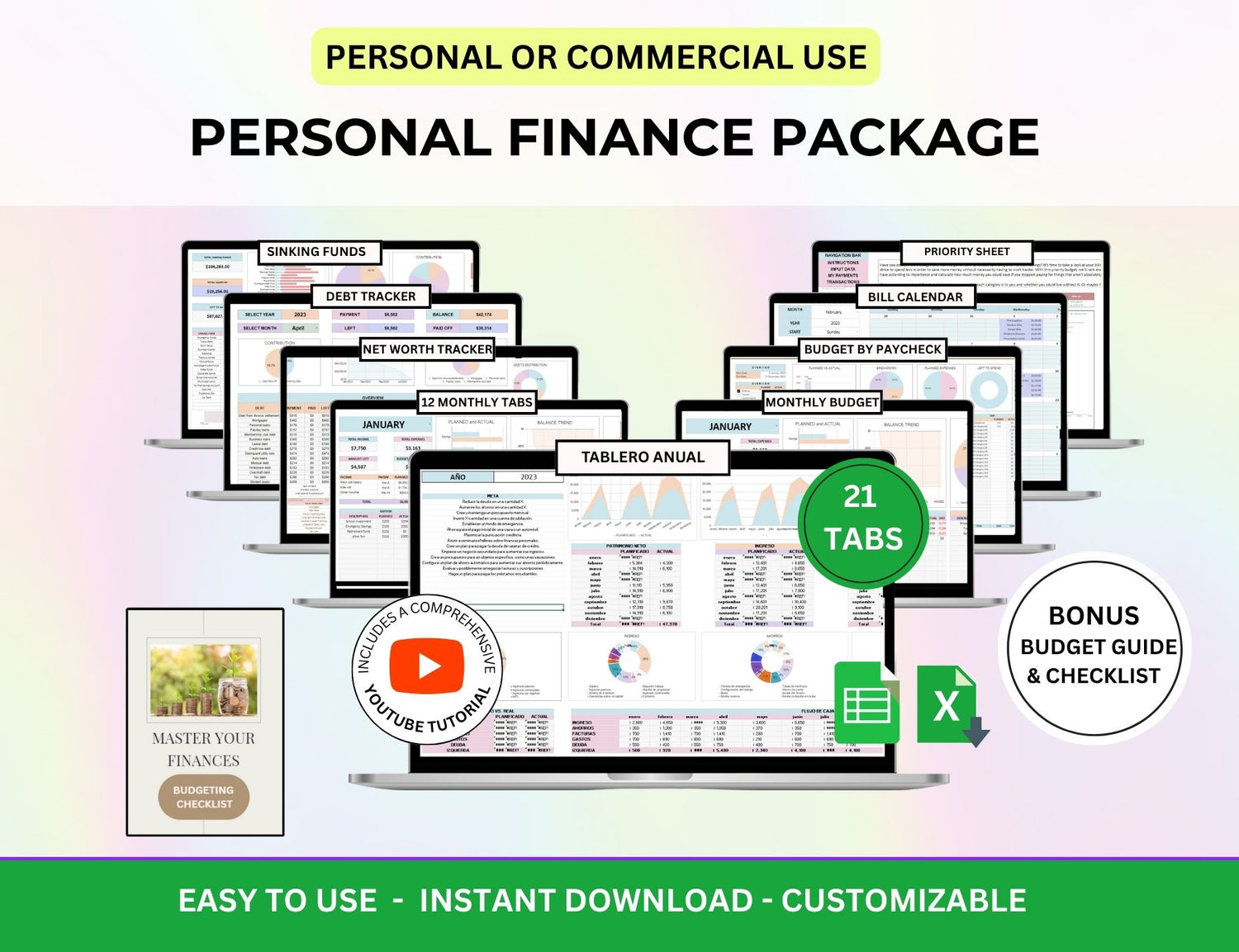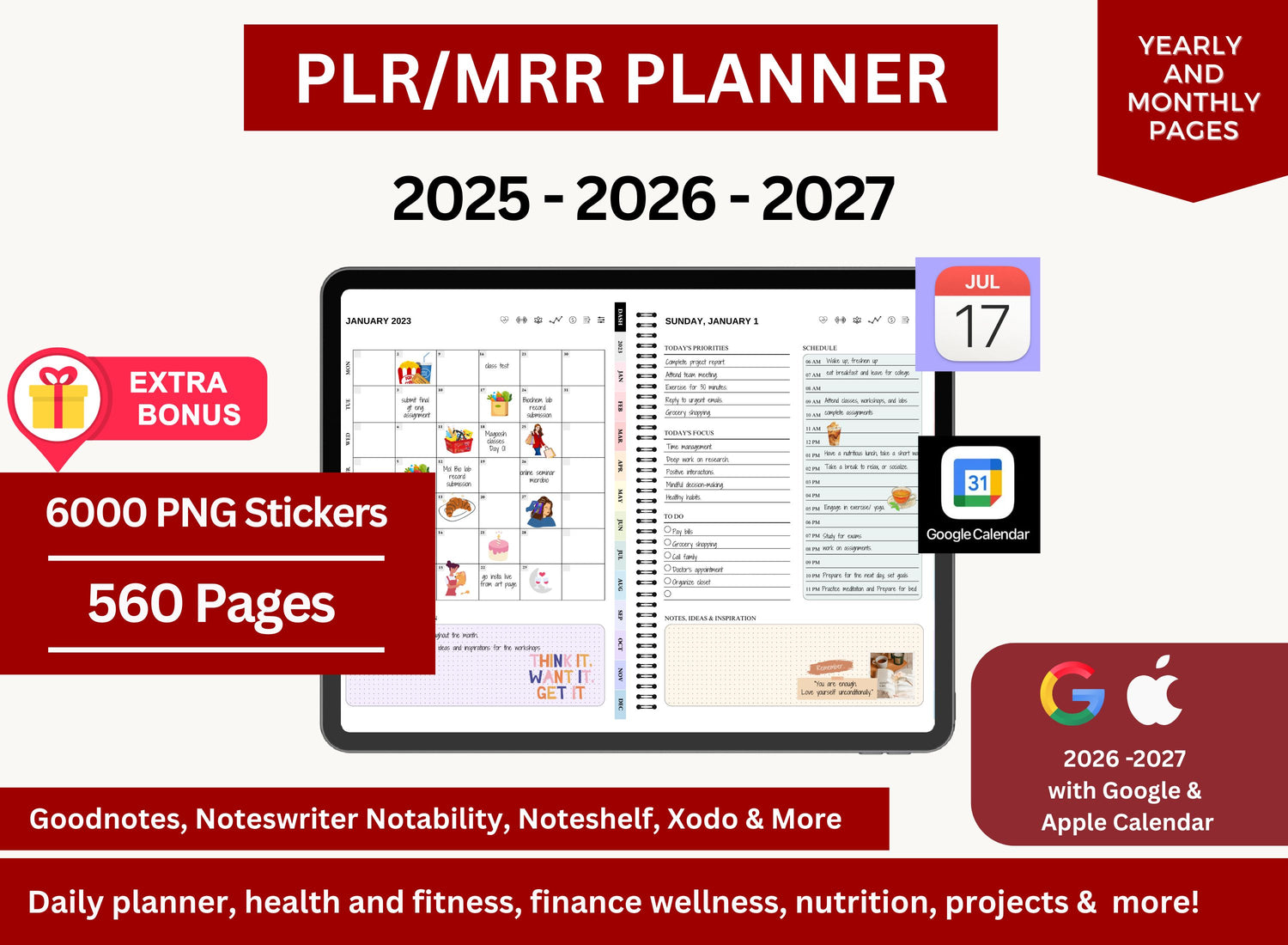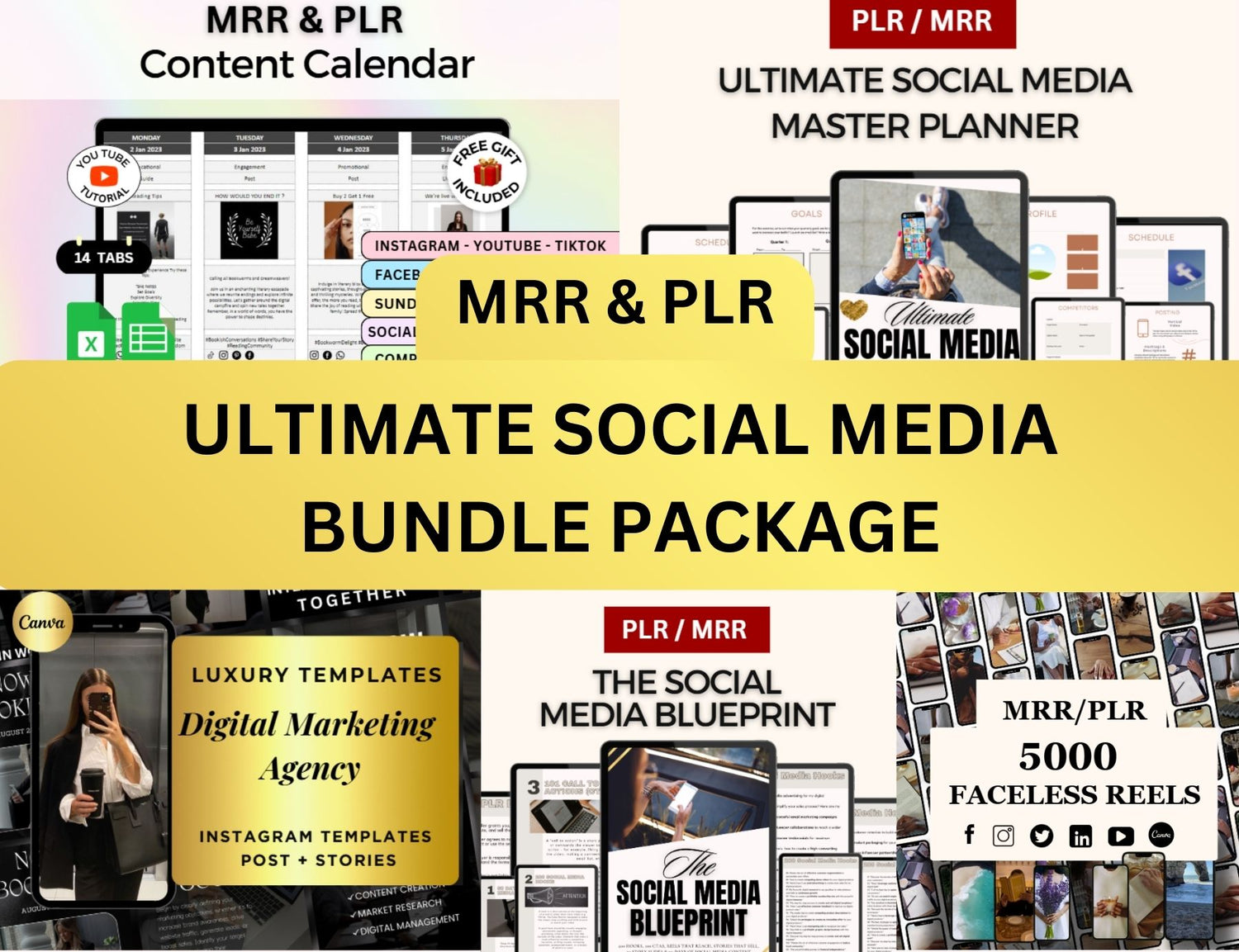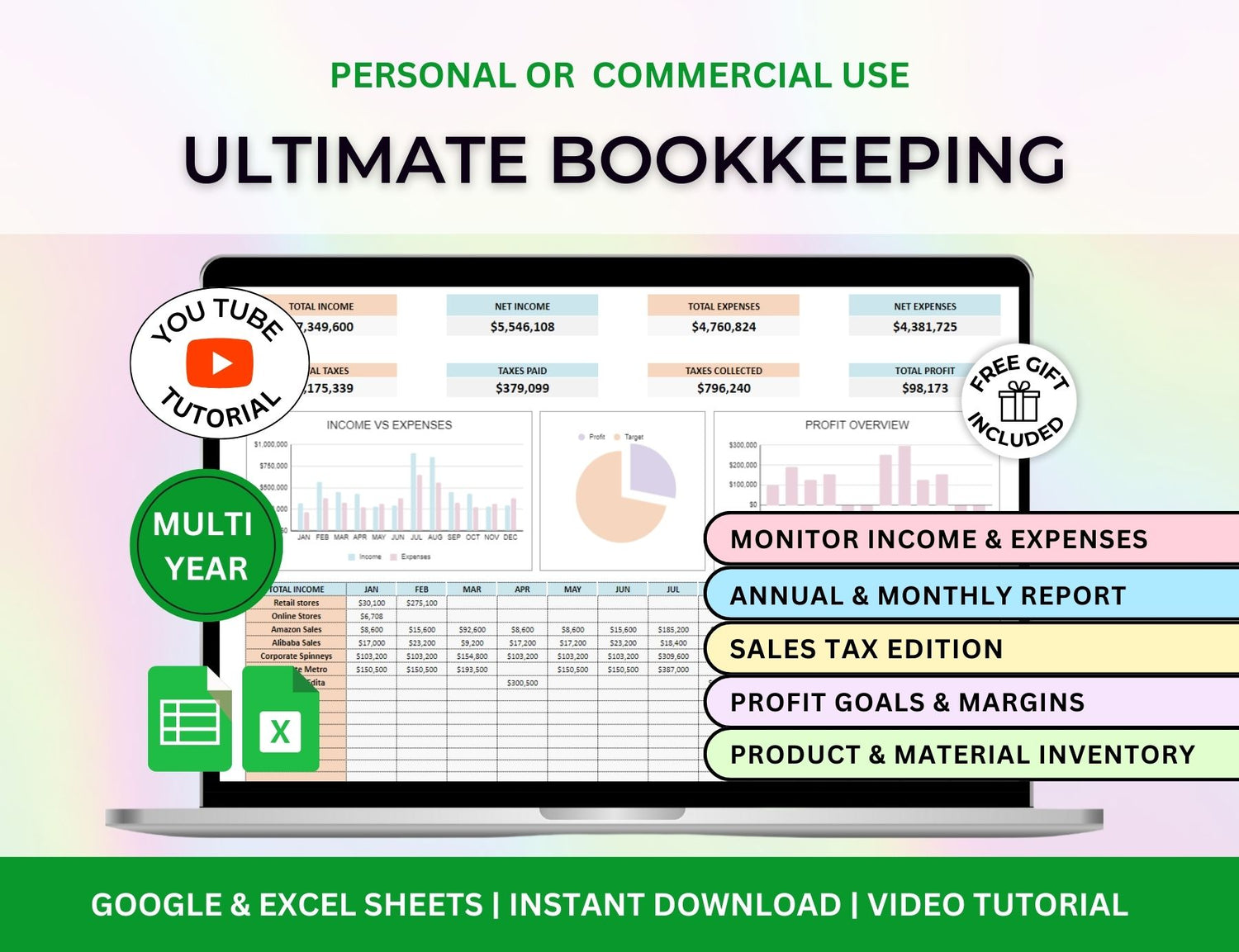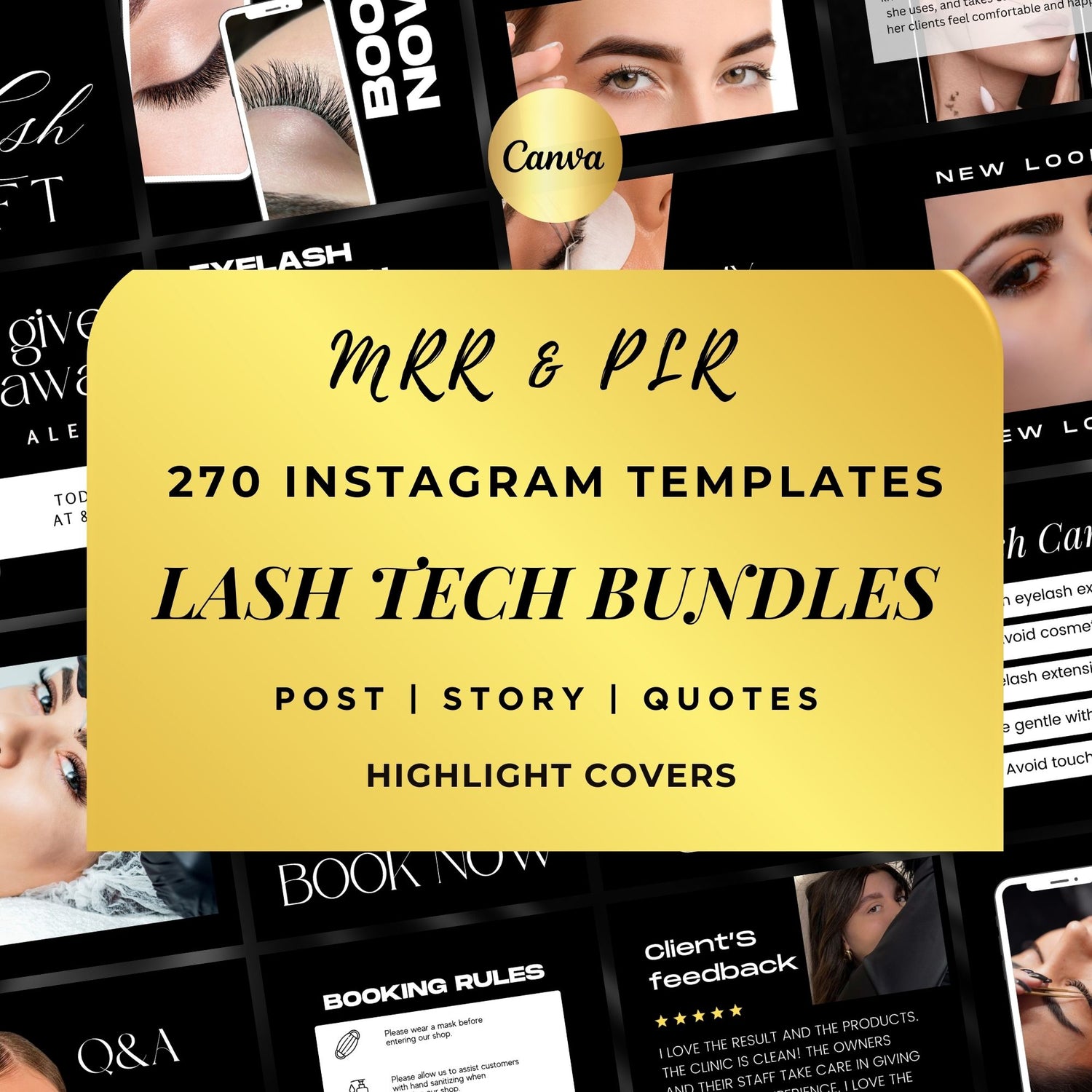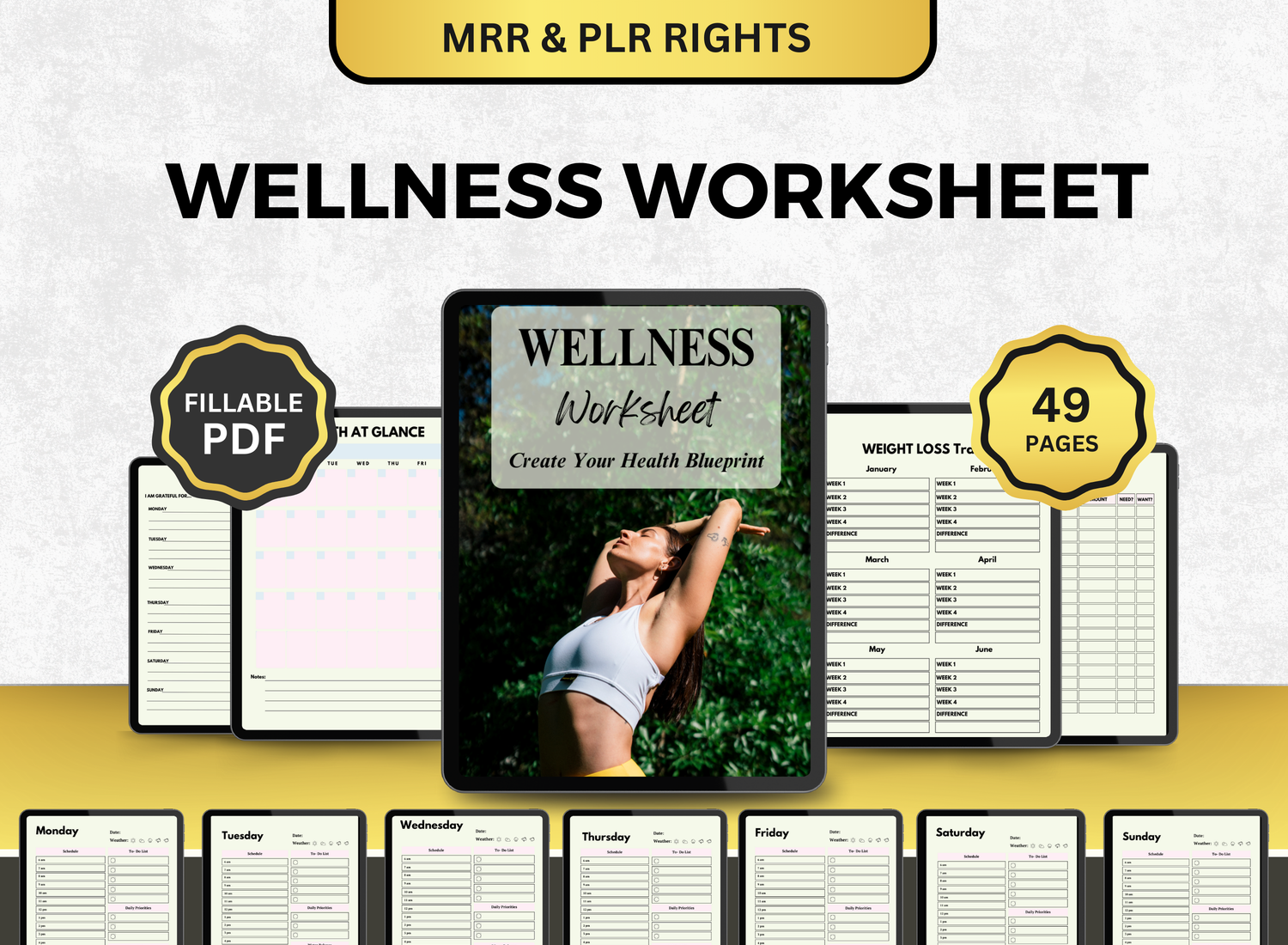How to Sell a Single Digital Download 1,000 Times (Without Ever Touching Inventory)
There’s something deeply satisfying about the idea of passive income. Not just the kind you read about in finance blogs, but the real, lived experience of it. Waking up to a "you made a sale" email—especially when the product is something you created once and haven't touched since—can be oddly magical. Or maybe it’s not magic at all. Maybe it’s just digital products doing exactly what they’re supposed to do.
Selling one digital download 1,000 times sounds ambitious. And yes, it is. But it’s also... surprisingly doable. No special or exceptional skills needed. You just need a solid product, some intentional strategies, and a little patience. Okay, sometimes a lot of patience. But we'll get into that.
TL;DR
What |
Why It Matters |
The Big Idea |
|
Sell 1 digital file... again and again. |
No inventory, no shipping, no stress. |
Create once, profit forever (well, almost). |
Why Digital Products?
First, let’s take a minute to appreciate digital downloads. We're talking about templates, eBooks, checklists, courses—really, anything that can be created once and delivered infinitely. No packaging. No shipping. No inventory. You don’t even need a printer. It’s content that lives in pixels and travels through Wi-Fi.
According to The Leap, digital products remain one of the most effective paths to passive income. That’s largely because they require minimal upkeep after launch. You invest the effort once and then, ideally, you just keep collecting sales.
Of course, that’s the ideal. The real process involves more nuance.
(An example of a digital product that people seek for; ultimate personal development bundle with MRR.)
Step 1: Start With a Problem, Not a Product
It might sound counterintuitive, but you don’t start by making something. You start by listening. Browsing forums. Reading comments. Watching what people complain about on Reddit or inside niche Facebook groups.
For instance, I remember stumbling across a Reddit thread where someone was frustrated with the complexity of budgeting apps. That led me down a rabbit hole, and soon I realized there was room for a simpler printable budgeting sheet. Not flashy—just practical. And people really wanted it. Sometimes that’s enough.
The idea is to solve something specific. Not everything. Just one clear thing. Generic products might look polished, but they don’t always resonate. People want solutions that feel like they were made just for them.
Step 2: Create (Or Source) the Product
Here’s the dilemma.
Option one: create the product yourself. This works best if you already have some kind of skill—graphic design, writing, maybe basic Excel knowledge. Tools like Canva, Notion, and even PowerPoint can be incredibly useful. I once created an Instagram content planner using nothing but a free Canva template and some light tweaks. It sold more than I expected.
Option two (the easier one): purchase a pre-made digital product with Master Resell Rights, or MRR, which gives you the license to sell the product yourself. There are sites that offer a variety of digital goods with resell licenses. You’re essentially buying the rights to distribute something someone else created.
That said, not all MRR products are created equal. Some are outdated or overly saturated. ItsJillWise.com warns that relying too heavily on unedited MRR content can actually hurt your brand credibility. So even if you go the MRR route, consider rebranding, redesigning, or even rewriting parts of the product. Make it your own, at least partially.
(An example of an MRR product you can rebrand; MRR task tracker and to-do list spreadsheet.)
Step 3: Set Up a Compelling Product Listing
People don't buy products. They buy outcomes. They buy possibilities.
So your listing needs to speak to that. Let’s say you’re selling a social media planner. Don’t just list the number of pages or the color scheme. Talk about how it saves time. How it reduces stress. How it could help someone finally stick to a posting schedule after months of inconsistency.
Here’s what helps:
- A strong title: Be clear, not clever. Use relevant keywords. Example: "2025 Daily Planner for Entrepreneurs – Printable PDF"
- Descriptive copy: Instead of saying, "Includes 20 pages," say, "Designed to help you organize your goals, to-do lists, and habits in one place."
- Eye-catching images: Use mockups. Canva has plenty of free templates that make digital products look tangible.
- SEO optimization: On platforms like Etsy or Gumroad, using the right keywords increases visibility. Think about what your potential buyer might actually type.
Sometimes, I’ll write a listing and then walk away. Come back the next day. Something about the distance helps me notice awkward phrasing or missed opportunities.
Step 4: Pick a Platform (Or Two)
Location has as much importance as the items that you’re selling.
- Etsy is fantastic for discoverability. People are already there looking for digital downloads.
- Gumroad has a simpler interface and caters to a more indie, creator-based audience.
- Shopify, if you want full control and branding, is a great option—but it takes more setup.
- Payhip and Sellfy offer clean, affordable alternatives with digital delivery built in.
Reddit users on r/SideHustle have reported making anywhere from $200 to $1,000/month selling digital products on Gumroad—particularly when paired with TikTok or Instagram Reels as promotional tools. (source)
One thing I learned the hard way: Don’t spread yourself too thin too fast. Pick one platform. Learn it. Then expand.
(An example of a digital product that you can edit; bill calendar spreadsheet.)
Step 5: Drive Consistent Traffic
Yours could be the most useful, most needed product in the world and yet no one will ever know about it unless you make it known. It’s disheartening at first. You publish. You wait. Nothing happens. It’s tempting to assume the product’s the problem, but often—it’s just visibility.
Some realistic marketing strategies:
- Pinterest: Great for visual products. Pin your mockups. Link directly to your store.
- TikTok & Instagram: Short-form video works well. Show the product in use. Talk about the problem it solves.
- Email marketing: Collect emails via a freebie (a small sample, perhaps). Then promote your paid product later.
- SEO blog posts: This takes longer but pays off in the long run. Write posts that tie into your product and link naturally.
And yes, ads are an option. But start small. Spend $5 a day. Test one variable at a time.
It’s easy to get discouraged during this phase. You’ll hear crickets before you hear clicks. But that doesn’t mean it’s not working. It just means it’s early.
Step 6: Don’t Just Sell—Resell, Upsell, Cross-Sell
Let’s say someone buys your digital planner. That one sale is great—but what if it’s just the beginning?
You can:
- Create bundles: Offer a planner + habit tracker at a slightly higher price.
- Upsell: Recommend a premium version of the same product.
- Cross-sell: Suggest other items from your shop that complement the original purchase.
And don’t overlook the power of feedback. Ask customers what they’d love to see next. Not only does this build loyalty, it also gives you your next product idea.
(An example of a digital product bundle; productivity spreadsheet bundle.)
Passive Income Isn’t Effort-Free
Let’s be honest. The phrase “passive income” is a bit misleading. There’s nothing truly passive about the early days. You’re researching, designing, marketing, tweaking. You’re doing customer service—even if it’s just answering the same question five times in a row.
But over time, something shifts. The product keeps selling. You stop checking the dashboard obsessively. Maybe you even go a week without touching it. And still—sales trickle in.
A Shopify seller featured on TraderScooter said it took three months to make their first $1,000. But after that, momentum kicked in.
So no, it’s not magic. But it is possible.
Is It Worth Trying?
I think so. But I’d be lying if I said it works for everyone, every time. Some products flop. Some platforms feel like the wrong fit. Some weeks, you question why you started.
But then—there’s a sale. Then another. And another.
And that one digital product? The one you made in a weekend? It just keeps going. That’s the part that’s hard to explain to someone who hasn’t tried it. There’s a strange joy in selling something that doesn’t physically exist. It’s light. It’s efficient. And somehow, it feels more... scalable.
So if you’ve been on the fence, consider this a nudge. Make something. Sell it once. Then aim to sell it again. And again. Who knows? Maybe you’ll hit 1,000.
Or maybe you won’t. Maybe it’ll be 247. But that’s still 247 more than zero.




